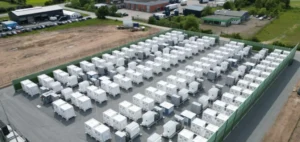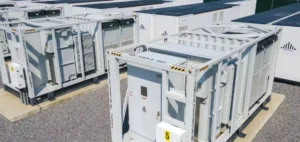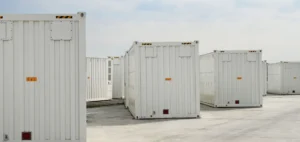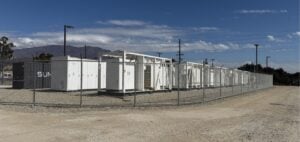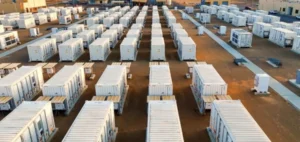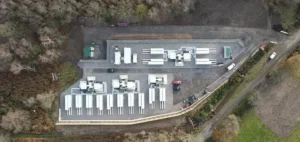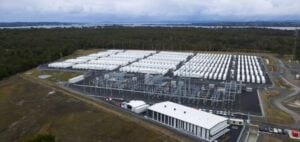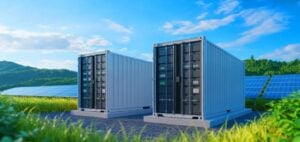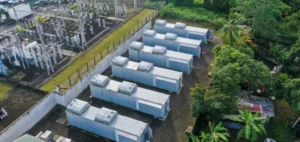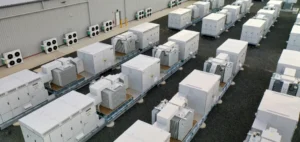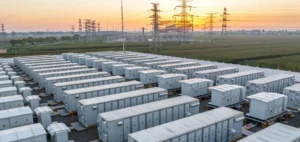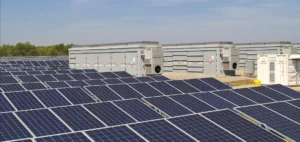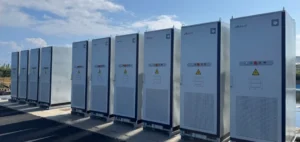The Independent Electric System Operator (IESO) announced that it is making progress on the acquisition of seven new energy storage projects with a total capacity of 739 MW. After years of stable supply, Ontario’s electricity system is undergoing a dramatic transformation to support decarbonization and economic growth.
Electricity demand in Ontario is expected to increase significantly over the next two decades as the economy grows and many fossil fuel dependent processes switch to electricity. The IESO forecasts an annual increase in electricity demand of two percent over the next 20 years.
Building storage capacity in Ontario
IESO is offering contracts for seven battery energy storage facilities located throughout the province, ranging in size from 5 MW to 300 MW. These facilities will address province-wide and local needs in several key locations. The majority of these selected proposals have established partnerships with Aboriginal communities, with five of the seven having at least 50 per cent economic interest from these communities.
These projects complement the recent agreement for the 250 MW Oneida energy storage facility and conclude the first of two phases of the acquisition. The storage facilities charge during off-peak hours, taking advantage of Ontario’s clean energy mix, and inject energy into the grid when it is most needed. As a result, the grid will benefit from the use of more non-emitting energy during peak periods. Grid-scale energy storage also has the potential to provide critical flexibility to maintain system balance.
Natural gas as a transition resource
IESO also operates natural gas-fired generation by securing 586 MW from extensions and upgrades to existing sites. Natural gas currently plays a critical role in supporting system reliability, having the ability to meet changing system needs in ways that other forms of supply cannot.
In its Decarbonization Pathways report, IESO identified the potential to eliminate emissions from Ontario’s electricity system, but only after a transition that will allow natural gas generation to maintain reliability until nuclear retrofits are completed and new non-emitting technologies, such as storage, are developed. In the coming months, IESO will also be launching new energy efficiency programs and announcing new hydrogen projects, further positioning the province’s electricity system on a decarbonization path.




